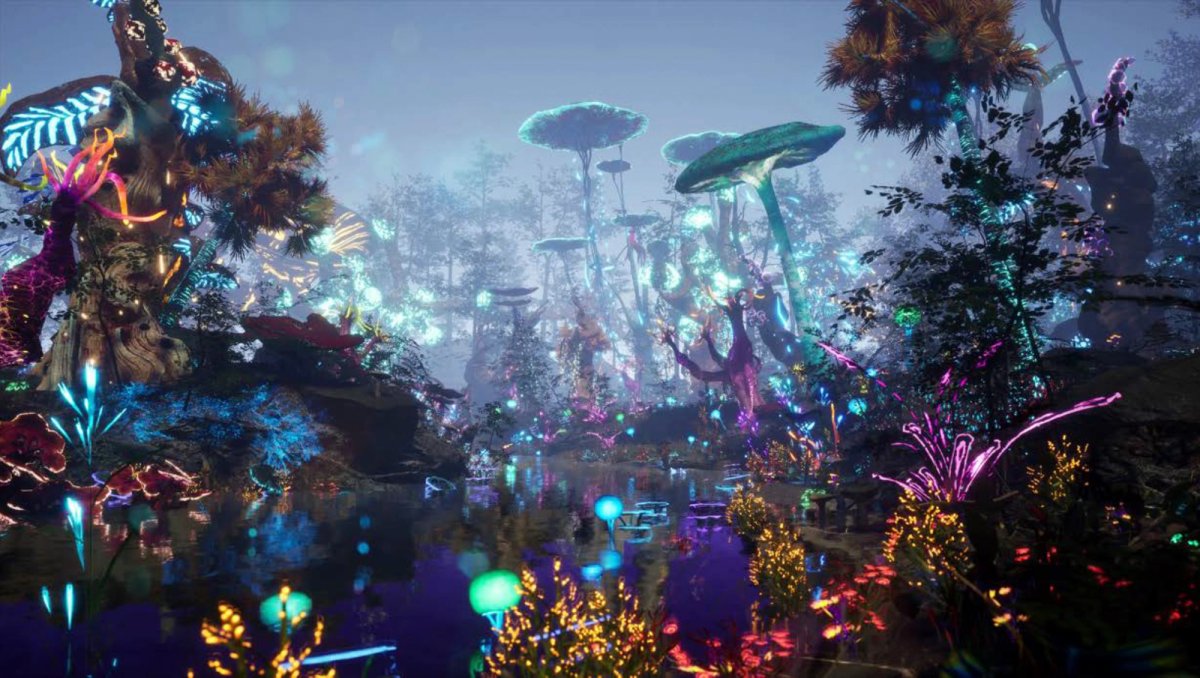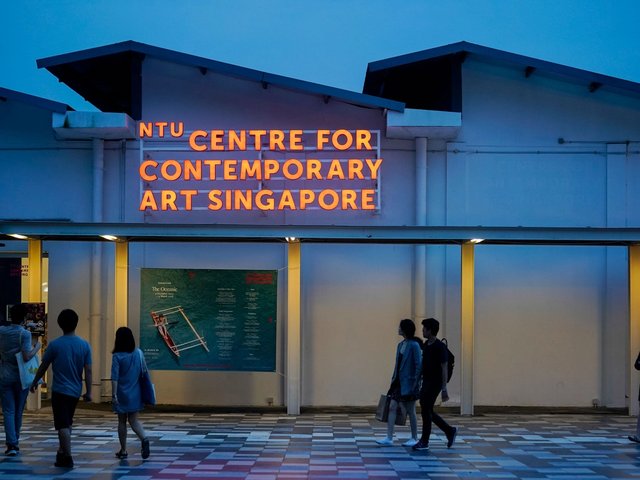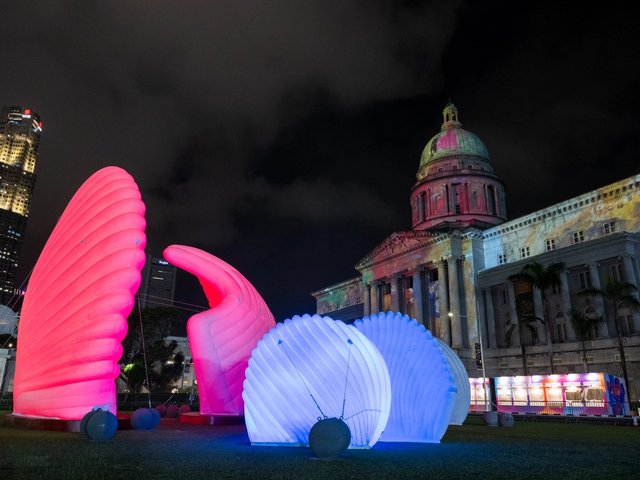Artists bring their own take on immersive exhibitions
Affective Architecture, supernormal.space, 17-26 January, Black Box, 42 Waterloo Street
In the last decade, the art world has witnessed a surge in demand for immersive exhibitions and environments, propelled by technology studios like teamLab and the need to reimagine exhibition experiences in an age of social media and dwindling attention spans. Yet, these large-scale spectacles often prioritise technological dazzle and leave little room for narrative depth and critical imagination.
Affective Architecture offers a needed alternative. Curated and organised by an artist, for artists, it places storytelling and critical enquiry at the forefront of immersion. Initiated by the new media artist and lecturer Ong Kian Peng, the exhibition brings together the worlds of Sahej Rahal, Ziyang Wu, Debbie Ding and Ong himself. Together, they explore how the use of space and immersive environments can shape the way we think about both our immediate surroundings and the broader world. Featuring formats such as video, virtual reality, interactive games, and more, the works confront conventional notions of immersion, raising questions about what such environments can achieve in an exhibition setting.
Notably, all the works in Affective Architecture are being shown in Singapore for the first time, with this also marking the return of Ong and Ding’s projects after they were first shown at the renowned Ars Electronica festival in 2024.
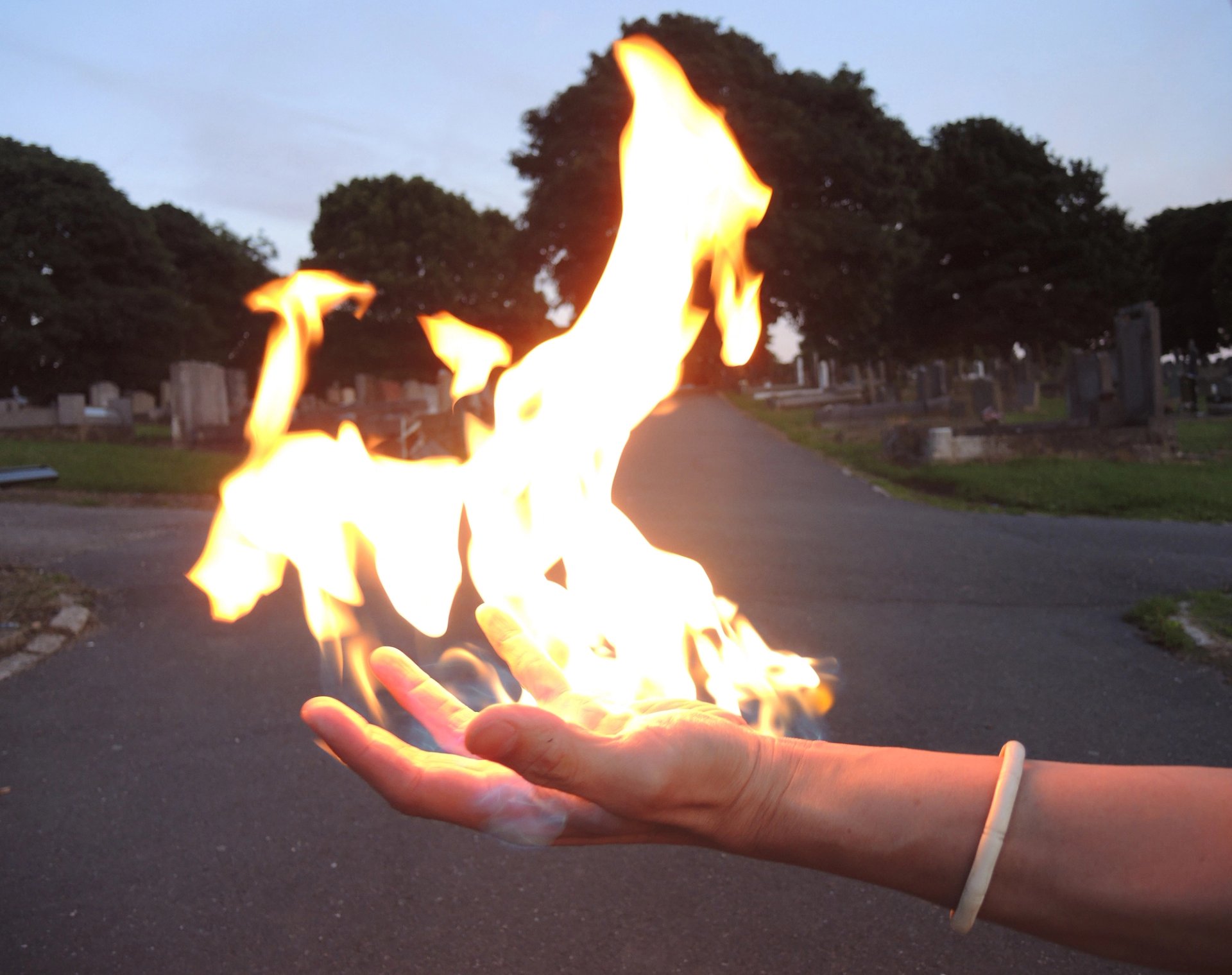
Ways to Fire (2022-) by C&G (Clara Cheung and Gum Cheng Yee Man) examines our relationship with censorship. It is part of The Utopia of Rules, exploring the systems entrenched in our lives © C&G, courtesy the artists
Creative subversion in this fresh perspective on bureaucracy
The Utopia of Rules, 17-26 January, 72-13 Mohamed Sultan Road
Bureaucracy has become a defining feature of contemporary life, infiltrating both our professional and private spheres, often in ways we navigate reluctantly. It is so entrenched that imagining alternatives can feel impossible. But what might an exhibition about something as seemingly unremarkable as bureaucracy look like?
Titled after David Graeber’s 2015 book, The Utopia of Rules explores how creative subversion and critical enquiry into bureaucracy can open up fresh perspectives and points of inflection. Co-curated by Kathleen Ditzig and Hera Chan, the exhibition reflects their ongoing interest in infrastructures and systems. It features works by artists such as Arlette Quynh-Anh Tran, Wang Tuo, Josh Kline and Ho Rui An, alongside architectural drawings from A City in Miniature. These drawings, created by the architect Ong Ker-Shing and the designer Joshua Comaroff with former students James Lin and Rebecca Chong, document now-demolished apartments in Shanghai. Through a study of Shanghai’s unique growth—marked by rapid urban expansion regulated at the district level—they offer a lens into how bureaucracy shapes the built environment and acts as a record of how quickly bureaucracy can build and unbuild all at once. Together, the exhibition challenges us to rethink the systems we take for granted.
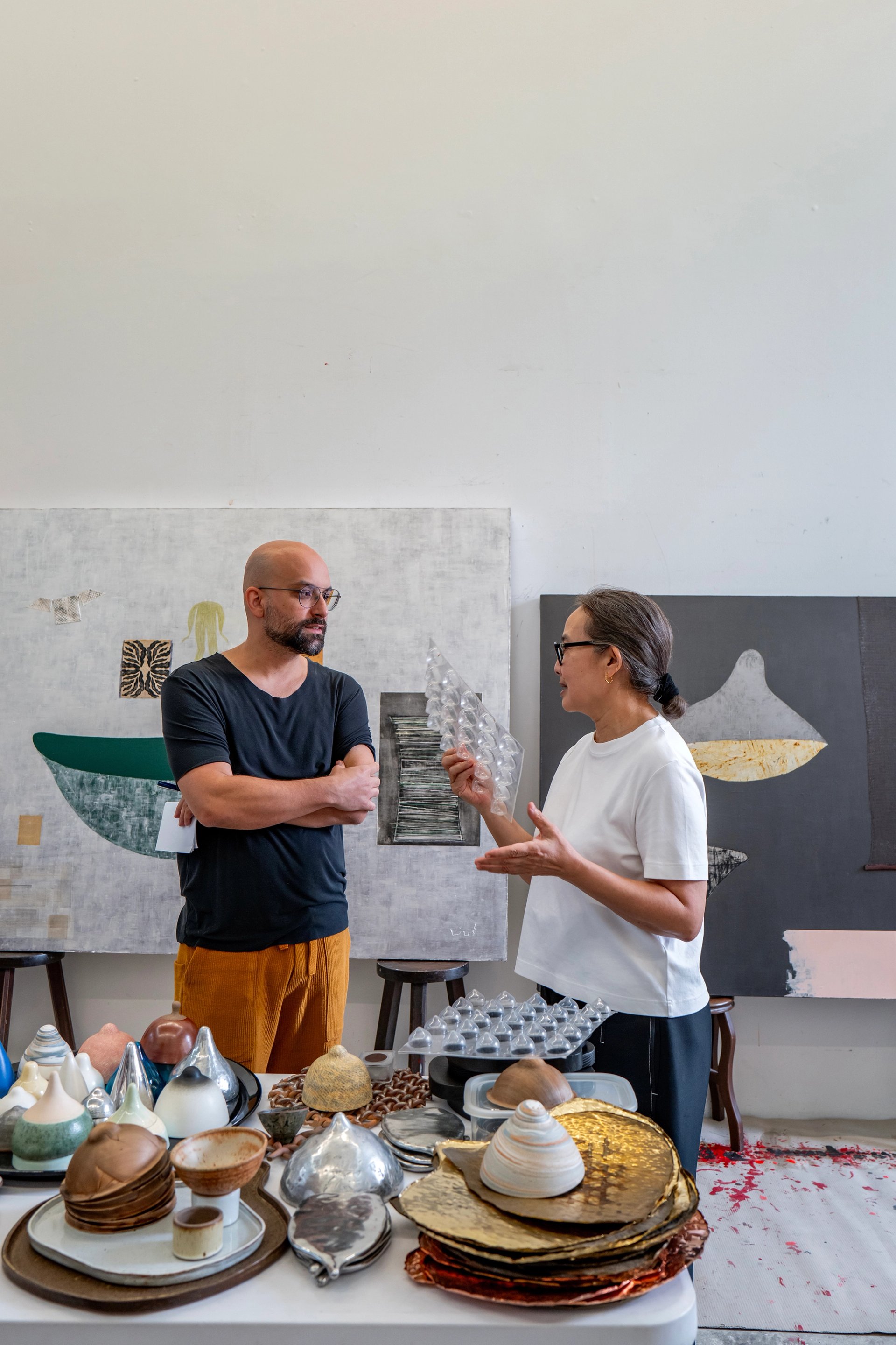
The artist Pinaree Sanpitak collaborates with the chef Ivan Brehm in Of Milk and Water, which is on for two nights at Restaurant Nouri Courtesy ofPinaree Sanpitak/Nouri
Where art intersects with food: an evocative exploration
Of Milk and Water, 18 January, from 7pm, Restaurant Nouri, 72 Amoy Street
Of Milk and Water is a collaboration between the artist Pinaree Sanpitak and the chef Ivan Brehm. Sanpitak explores and celebrates the female form, and is best known for her “breast stupa” motif, merging the breast and the Buddhist stupa—a site of spiritual veneration. Since 2005, she has extended this form into the realm of food and edible art through her ongoing Breast Stupa Cookery project, collaborating with chefs to craft unique experiences that bring people together across diverse contexts.
This iteration unfolds at the Michelin-starred Restaurant Nouri, where Brehm champions his philosophy of “crossroads cooking”. Brehm approaches food as deeply intertwined with visual and material culture, reflecting the complexities of migration, trade, politics and other interconnected systems, taking a single ingredient or dish as a lens. Nouri continuously collaborates with artists and researchers to present new encounters, previously partnering on exhibitions such as Translations: Afro-Asian Poetics curated by Zoé Whitley and organised by The Institutum. Additionally, the restaurant hosts its own exhibitions, led by its in-house curator Tan Siuli, exhibiting the works of artists such as Sinta Tantra and Carmen Ceniga Prado, among others.
Of Milk and Water promises to be an evocative exploration of the intersections between art and food. Seated together around the dining table, it invites participants to reflect on rituals of hospitality and nourishment, creating a space for shared connections and dialogue.
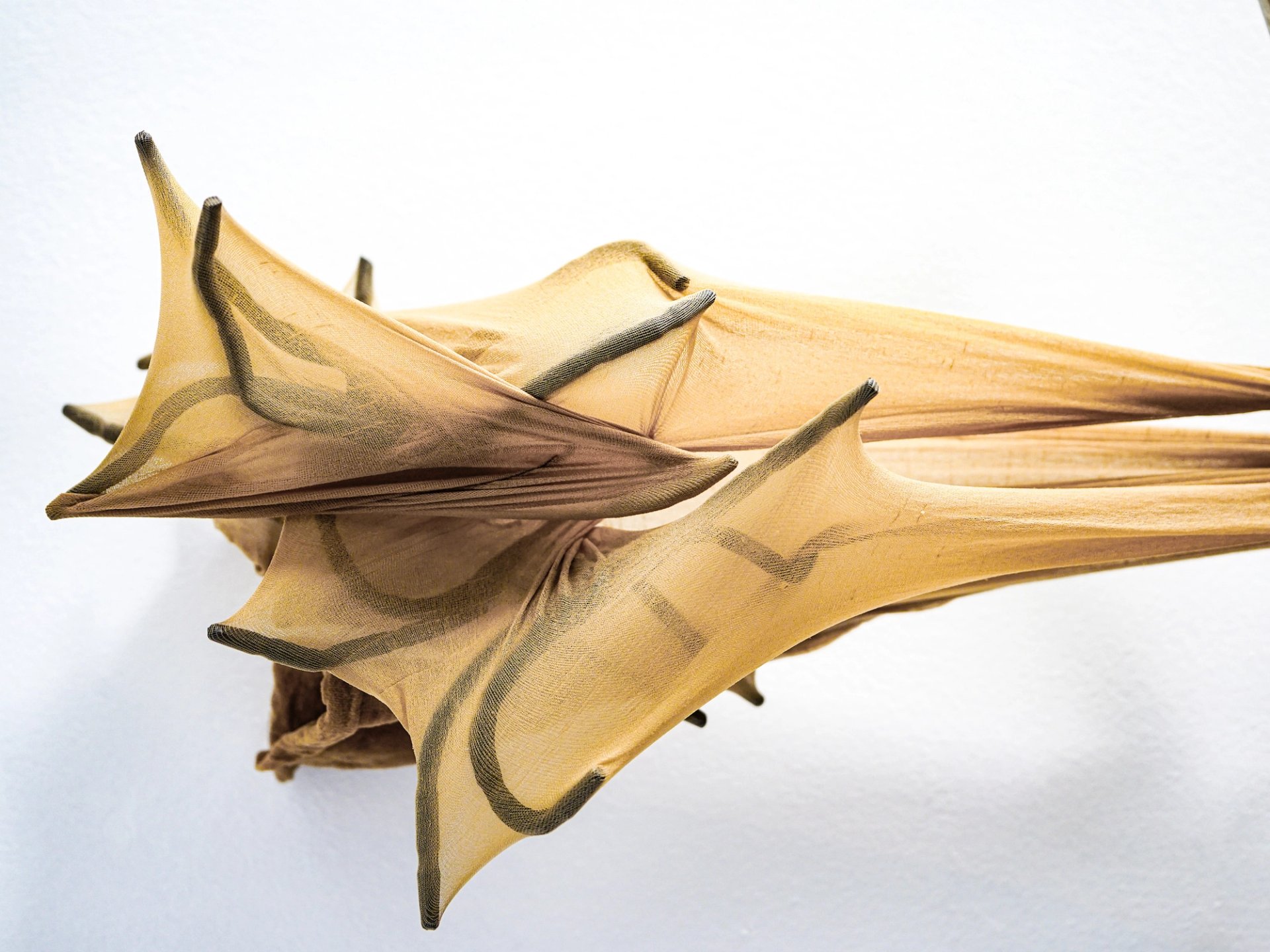
The exhibition features new work by Bani Haykal, Ong Kian Peng and Chok Si Xuan Courtesy of NTU CCA Singapore
Shape-shifting works challenge the status quo
Nothing has to be the way it is, 17-26 January, NTU Centre for Contemporary Art Singapore, #01-10, Block 6 Lock Road, Gillman Barracks
Titled with reference to Ursula K. Le Guin’s essay on the subversive potential of fiction, Nothing has to be the way it is features newly produced works by Chok Si Xuan, Bani Haykal and Ong Kian Peng. These artists are taking part in NTU Centre for Contemporary Art Singapore’s inaugural Communities of Practice: Techno Diversions artist residency programme, where their practices converge on a shared commitment to question and reimagine our agency in an increasingly techno-driven society. Through creative acts of disruption, repurposing and decentralisation, they challenge assumptions about the inevitability of the status quo. From radio encryption to the mapping of cosmic particles, their works and research critically examine the structures that underpin our perceptions of what must be.
Communities of Practice marks an evolution of NTU CCA’s highly regarded artist-in-residence programme. It offers a shape-shifting and dynamic platform for artistic research and enquiry through interdisciplinary collaborations and exchanges, building on the centre’s commitment to leading-edge research and knowledge production in the arts. The programme also represents one of the first initiatives under new leadership, after founding director Ute Meta Bauer passed the baton to Karin G. Oen in July 2024. In a time when our institutions appear more vulnerable than ever, NTU CCA’s ability to adapt and evolve stands as a compelling example.
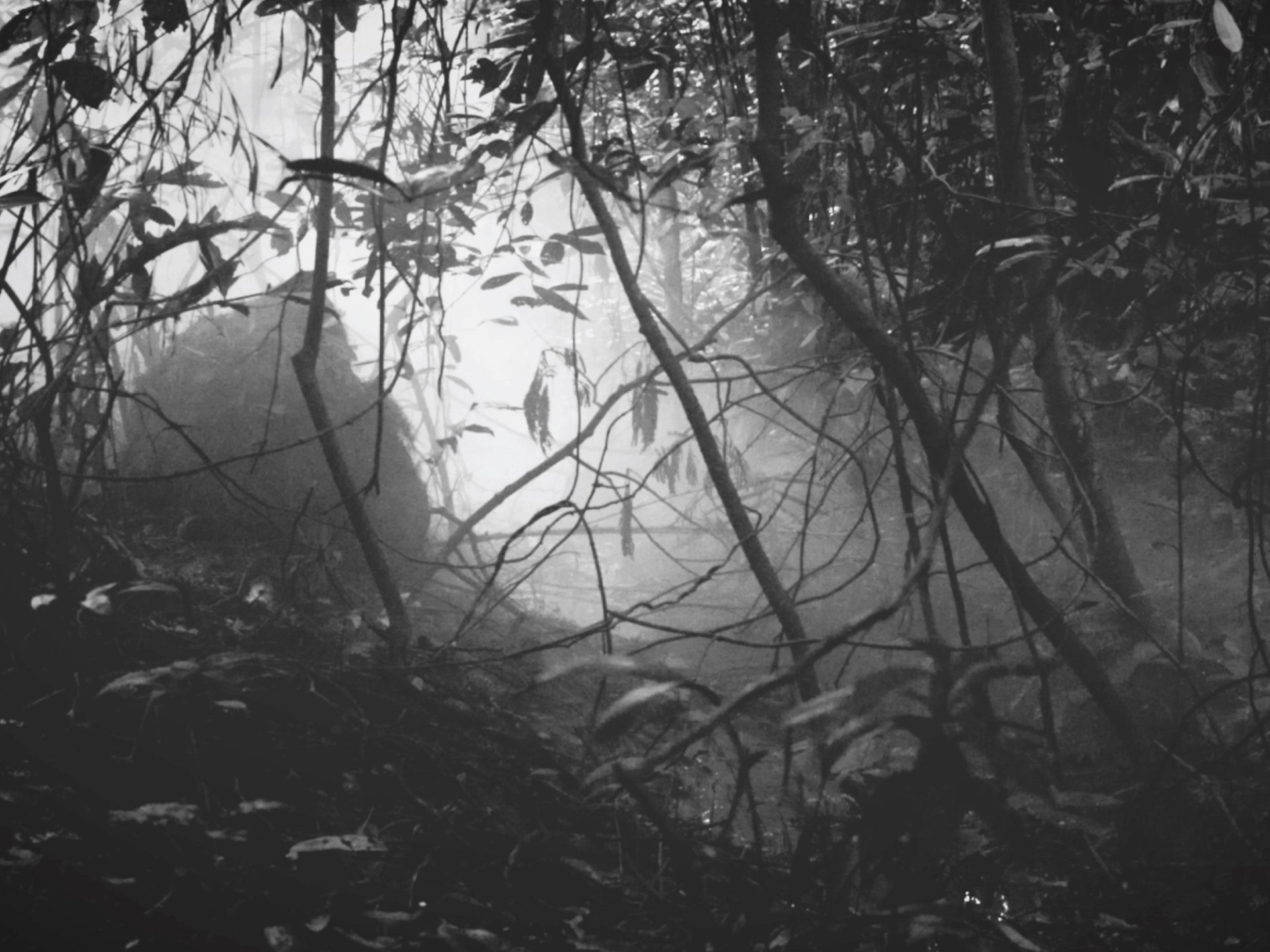
Robert Zhao Renhui’s Seeing Forest (2024) is an immersive installation at Singapore Art Museum © Robert Zhao Renhu
Venice Biennale highlight returns home to Singapore
Seeing Forest, Until 18 May, Singapore Art Museum, Tanjong Pagar Distripark
For nearly a decade, Robert Zhao Renhui has been observing, exploring and studying Singapore’s secondary forests, which cover approximately 4% of the nation and have regrown after the original areas were cleared for cultivation or development. During his residency at NTU CCA in 2019, Zhao began to pay close attention to the new forms of life that would emerge in the forests close to his studio and his own home. Over the years, he has amassed hundreds of hours of footage, attempting to “see” these forests in new ways, questioning anthropocentric viewpoints and inviting us to move beyond viewing nature solely through human terms.
In 2024, Zhao represented Singapore at the 60th Venice Biennale with Seeing Forest. This January, Seeing Forest makes its homecoming at the Singapore Art Museum, offering visitors the chance to experience, in Zhao’s words, “a world much richer and more mysterious than we might think”.
• Clara Che Wei Peh is a Singaporean curator and art writer specialising in emerging technologies. During Singapore Art Week, Clara co-curated The Politics of Food, Origin Stories alongside Aaron Cezar, a one-night only dinner taking place on 15 January, organised by The Institutum and Delfina Foundation


